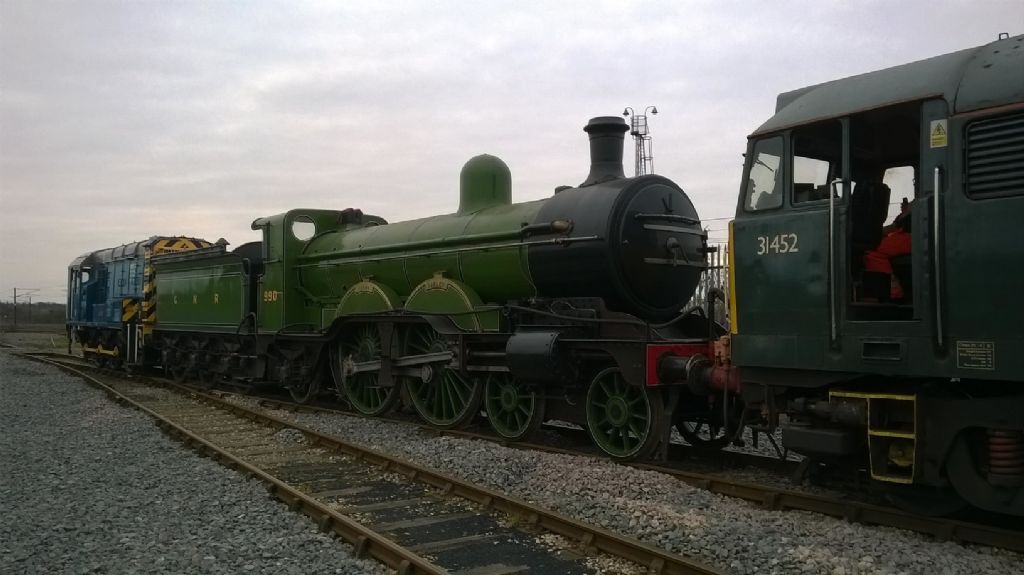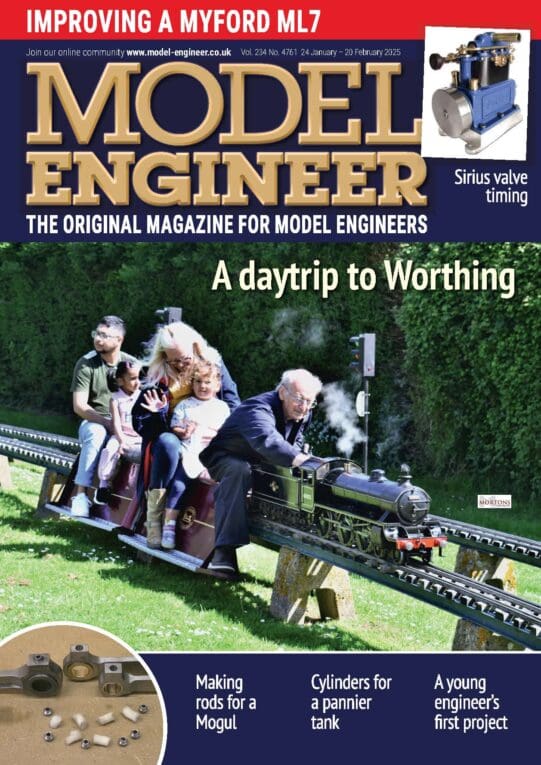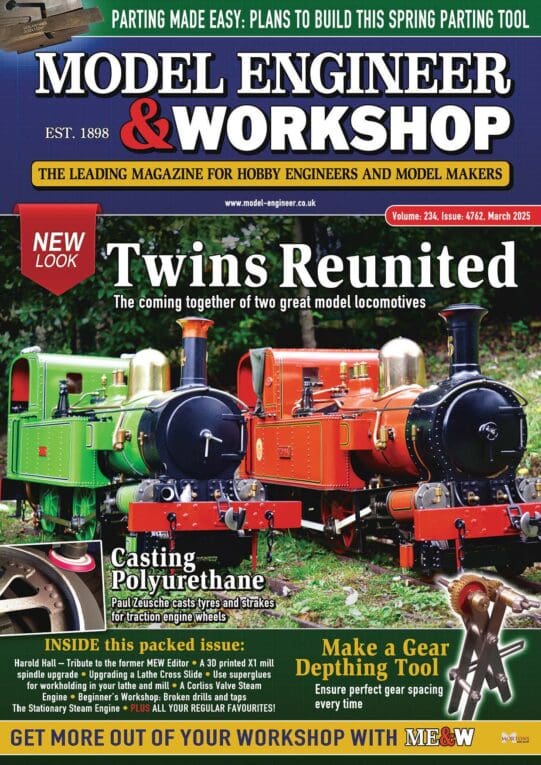
Hi Mark, here is what goes on at at the NRM behind the scenes! This is Henry Oakley, we were in the process of moving her from one side of the York railway area to the other, as the NRM has two access points to the Big Railway and they are both on opposite sides of the main line. This means that a company like the one I work for, with main line-registered locos and a safety case/operating licence, have to make these moves. Henry, being part of the National Collection, had been out on loan and we had to recouple her to her tender as she had arrived by road on two low loaders. After running a temporary air brake pipe along her frames cable-tied to whatever we could find, she then had to be gently hauled from the North Yard, across the York Avoiding Lines, to the Leeman St access point, where we left her in the secure compound. This took almost six hours to do!
I have been fortunate to get a guided tour of these workshops, they are very much a place where the giant, endless task of making and keeping steam locos fit for use takes place, the viewing gallery is really just a bonus for visitors. Yes there is mess, but not any worse than other workshops. The only hazards I saw were the ones you would expect to find in a workshop, there was nothing untoward or that would make a safety inspector worried. I did, however, notice next to a lovely Harrison lathe a pile of 7 & 1/4" wheel blanks, so maybe 'foreigners' go on here!
Last time I was there about two months ago the Scotsman was in a bay with her motion down whilst a defect was fixed, just a day before her much-trumpeted 'return to steam'! Yes, they fixed her on time!
Regards,
John.
Mark C.






